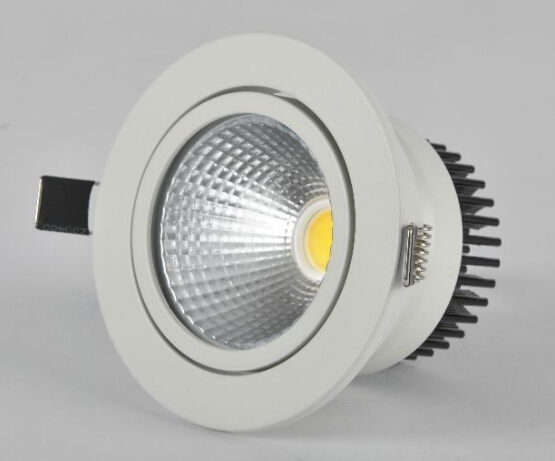Commercial lighting is a concept relative to household lighting. Places are generally public places, such as office buildings, hotels, supermarkets, shopping malls, schools, parking garages, museums, etc. The procurement entities are generally institutions rather than individuals, and are generally installed by engineering construction. . The goals to be achieved by commercial lighting often depend on the application, such as contrast, color temperature requirements, and energy requirements. With the application of IoT technology, smart systems have given commercial lighting a dynamic, variable, and program-specific way to interact with users and achieve energy-saving effects, playing an increasingly important role in commercial lighting.

In the case of scene control, such as the ballroom is a typical application. The banquet hall of a large hotel, also known as the multi-purpose hall, will host a variety of activities, such as industry forums, product launches, corporate training, birthday parties, wedding banquets, etc. Each event has different lighting requirements. In the same activity, different stages also have different requirements for lighting. For example, the product release, in the guest admission stage, the product presentation stage, the intermission stage and other lighting have different requirements. The conference room also has similar scenes, such as setting the meeting discussion mode, PPT presentation mode, intermission mode, leaving mode.
Scene control brings the light to dynamically adapt to the current theme activities, achieving good results. In the case of centralized monitoring, mainly large public places, such as office buildings, public areas of large shopping malls, etc., control lighting on the main control platform, saving manpower and time; at the same time monitoring the status of lighting work, for example Is there any light that works abnormally? The system promptly reports it. Relevant
















 RCCN WeChat QrCode
RCCN WeChat QrCode Mobile WebSite
Mobile WebSite
